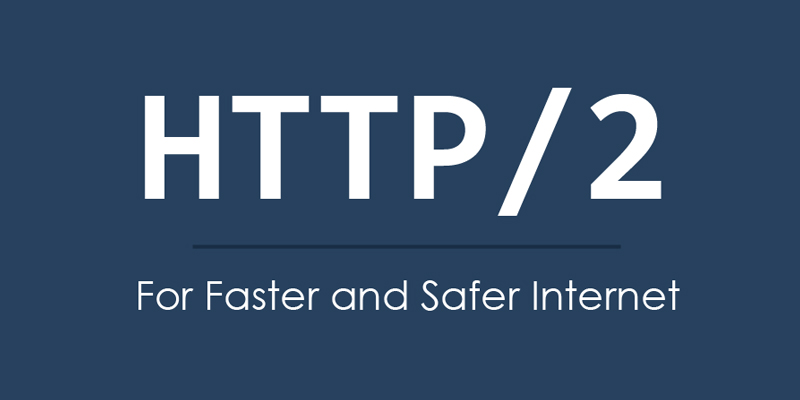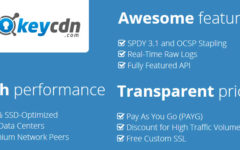
The HTTP network protocol has come up with a second major version after HTTP/1.1 that came up in 1999, to be used by the World Wide Web. This is the latest update brought about by the Internet Engineering Task Force or IETF. HTTP/2 is a refresh that brings improvements in speed, efficiency and security. This means that your website will be able to load faster by using fewer resources, without developers having to waste lots of their time to come up with tricks to increase your site’s speed.
At present, more than 67% browsers all over the world support HTTP/2. Internet Explorer 11 supports HTTP/2 in Windows 10 and Chrome, Opera and Firefox support HTTP/2 over HTTPs. Major server softwares like IIS, Apache and NGINX already support HTTP/2. Major CDNs like MaxCDN and Akamai have also added HTTP/2 support.
HTTP/2 is much improved than HTTP/1.1
- HTTP/1.1 has a head-of-line blocking problem, where only one request can be dominant on a connection at a time. Although this problem was trying to be fixed with pipelining, it saw no great results. But, with HTTP/2 came multiplexing, where multiple requests can be allowed together at the same time on one single connection.
- With HTTP/1.1, browsers open multiple TCP connections for every origin, which means that if a site uses multiple origins, you can imagine how many connections open up on a single page load! But, thanks to multiplexing, HTTP/2 requires only one connection to the server for loading the entire website.
- HTTP/1.1 is a textual protocol, while HTTP/2 is a binary protocol, which makes it more efficient, more compact and less error-prone because it can handle white space, capitalization, line endings, blank links, etc. If HTTP/1.1 defines four ways to parse a message, HTTP/2 requires only one code path to do the same.
How HTTP/2 is useful for servers, users, developers and SEO?
- Servers – As mentioned above, unlike HTTP/1.1 which requires multiple connections, HTTP/2 requires only a single TCP connection. This results in lower bandwidth requirements, less network overhead and lower server memory usage.
- Users – Obviously, the increased speed with HTTP/2 is going to provide an excellent internet experience to the users and have more satisfied users on the Web.
- Developers – With HTTP/2, developers can easily combine multiple images into a single image and use CSS to show part of that image anywhere. They can also combine multiple CSS or JS files into one large file. All this avoids multiple HTTP requests, which results in lowering cost and time-wastage. HTTP/2 helps developers to serve assets from a cookie-less domain and create different domains or sub-domains to host assets, all this saving bandwidth and time, and in turn, increasing speed.
- SEO – With increased speed, websites that support HTTP/2 will definitely get a ranking boost. Also, websites who have not upgraded to HTTPS yet, will see an additional ranking boost when they upgrade because Chrome and Firefox support HTTP/2 over HTTPS.
You can see how HTTP/2 proves beneficial for all – users, developers, servers and SEO. Slow websites have always been seen to decrease conversions. The main benefit of HTTP/2 is increased speed. Google has made speed a ranking factor and you never know if HTTP/2 itself becomes one. So, it seems like every individual involved in building a website should start upgrading to HTTP/2.



